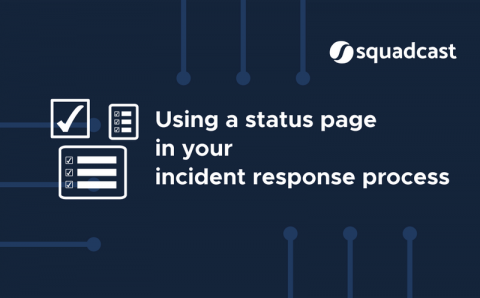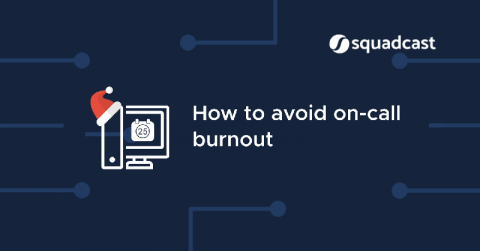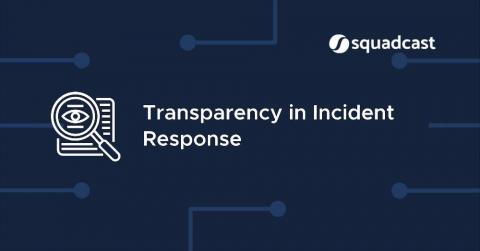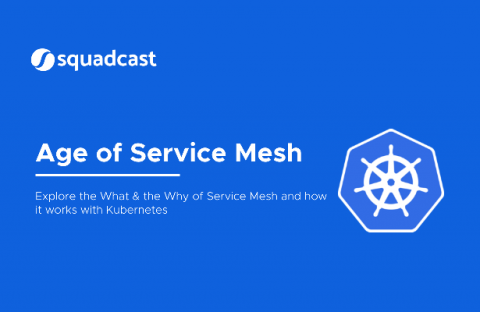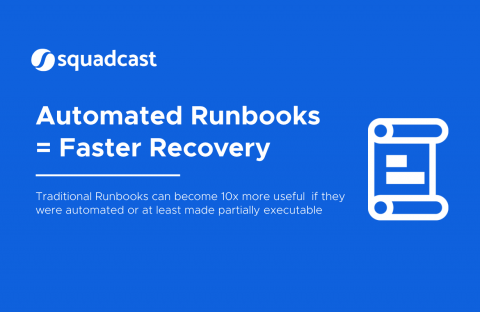What you can show on your status page
When something goes down, the first thing a customer does is check if there is something wrong with their systems or if it is an issue with one of their service providers. So it’s important to make sure that your status page has all the information that is needed where they don’t feel the need to raise an issue or create a ticket, adding to your support costs.



